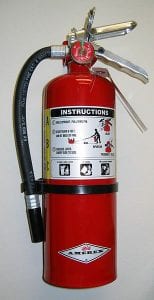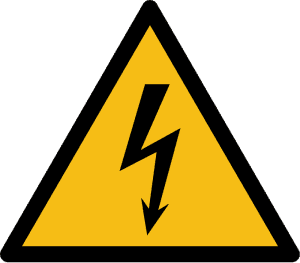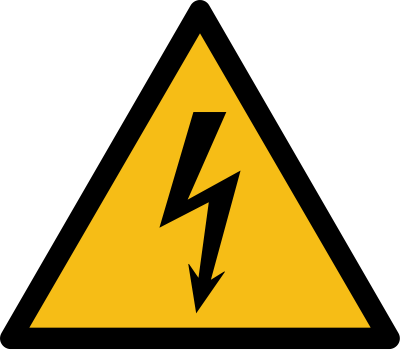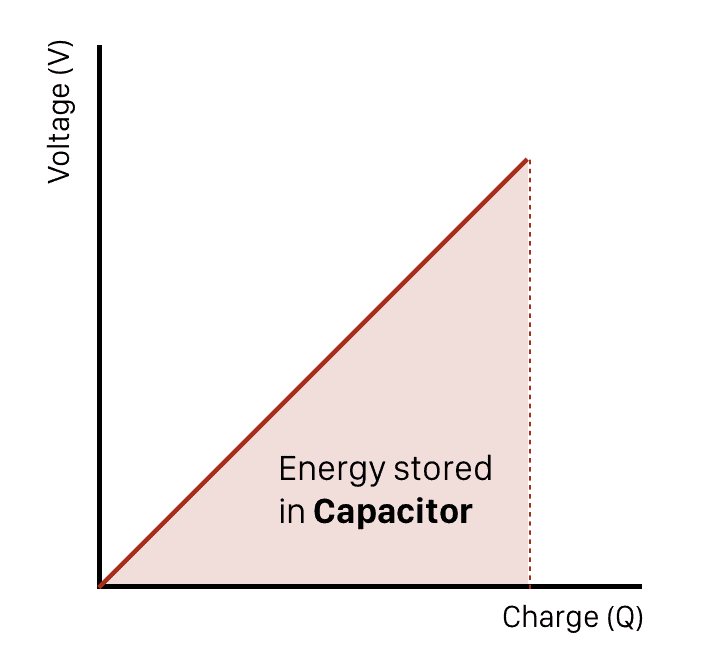Working with electronics means that you need to deal with electricity. And working with electricity has it’s risks because electricity can harm you. Unfortunately, when working with electronics it’s easy to get too comfortable and overlook proper safety procedures. Observing safety measures not only prevents us from harming ourselves but also prevents damage to our projects and equipment.
Electrical Safety
Every hobbyist, technician, or student must be aware of safety precautions at all times. A safe attitude is essential because it helps guard against complacency and create a productive working environment for all. Hence, it is crucial to be aware of the risks to health and safety to prevent accidents and to take the necessary steps to remove or control these risks.
Electrical safety is crucial when working with electronics. Electrically powered equipment or gadgets can pose a significant threat or hazard to workers, particularly when mishandled. These threats or hazards can be fatal. It is a must to know the hazards around you when working with electronics. Electrical hazards expose people and properties to a number of risks in the form of shocks, burns, injury, fire, and explosion. With the increasing reported injuries and deaths associated with the use of electricity, electrical safety has been an increasing area of concern.
Levels of Voltage
To guide us in safely using electronics and electrical devices, the table below enumerates International Standard set by the International Electrotechnical Commission (IEC).
| IEC VOLTAGE RANGE | AC RMS VOLTAGE (V) | DC VOLTAGE (V) | DEFINING RISK |
| HIGH VOLTAGE | >1000 | >1500 | ELECTRICAL ARCING |
| LOW VOLTAGE | 50 TO 1000 | 1200 TO 1500 | ELECTRICAL SHOCK |
| EXTRA LOW VOLTAGE | <50 | <120 | LOW RISK |
In electronics, there is an existing principle that says, “current kills”. This is essentially correct. Electric current freezes muscles, burns tissues, and fibrillates the heart. However, there must be a voltage to motivate the current to flow to a person’s body. In other words, electric current does not occur on its own.
For instance, a 9V battery is under extra-low voltage based on the table, therefore it is categorized to be low-risk. This means that the level of voltage is insufficient to drive a dangerous level of current through the human body so one can safely say it’s harmless. However, it can give you a little shock which will make your body react immediately. While the voltage and current are major factors, there are still other factors to consider such as the duration of the shock and the part of the body where the shock entered. There is also a so-called static shock which can be 20,000 volts or more. But this is only at extremely low current and for an extremely short duration, so it is actually harmless.
In the low voltage range, there is already serious risk of electrical shock. An electric shock may cause burns to the body. These burns are usually most severe at the point of contact with electricity. It can affect the nervous system and can cause a tingling sensation, numbness or difficulty moving a limb. Worse, a person could suffer from cardiac arrest when the duration of the electric shock is longer than sudden.
For high voltages, it is best to keep a distance of at least 10 feet. The risk is extremely dangerous and can cause death. Electrical arcing can occur at loose electrical connections. This is when electricity jumps from one connection to another. The temperature of this flash of electricity can cause third-degree burns. If there are signs like “Danger: High Voltage”, you should be really mindful of those signs. They are not posted for no reason. It is always best to stay safe and not jump into situations that can potentially pose lethal harm to you.
Levels of Current
The number one contributing factor to the severity of an electric shock is the current. It is the current flow that enters the body, for example, clamping the heart potentially resulting to death. The strength of the electric current in amperes, called amperage, is what really creates the risk of death. The longer the current flows into the body, the more harmful it is for the person.
One (1) mA to 20mA is considered low current. With these, only a little electrical shock or almost none would be felt. However, in some cases, there can be a painful shock but without losing all muscle control. This is because the threshold has not been reached leaving the muscle tissues a mild sensation. This level of current is referred to as low risk. But anything higher than this range can pose extreme harm to the body.
Medium current is anything more than 20mA but less than 75mA. In this level, serious or severe shock occurs. There can be extreme breathing difficulties and muscular paralysis. With this strength level, it becomes difficult to let go of the point of contact.
The most dangerous level of current for human exposure is, of course, high current. This is when breathing can cease instantly, and the heart can lose the ability to pump blood (ventricular fibrillation), thereby causing death. Internal organs can be severely damaged. A lightning bolt can deliver this extremely high current and it is lethal.
Low Voltage, But Not Low Risk

Although we have mentioned earlier that low voltage presents low-risk levels, it is still important to work safely with low voltage circuits. Low voltages can destroy components and start a fire.
A lot of the reports of fires are caused by small devices operating in low voltages. These small devices with small circuits are understandably powered by low voltages. But huge fires start in small sparks. These small sparks are usually caused by faulty or loose wirings. So it is safer to always double-check your devices to avoid such instances. In this case, it’s not only you (the individual) who could be in danger but your family and your entire neighborhood.
Best Practices for Low Voltage Safety

- Exposed wirings cannot go overlooked. You must replace or repair damaged power cords.
- Double-check wirings.
- When working with breadboards, you must not forget to remove the power source when altering your circuit.
- Do not overheat your devices.
- Organize your work and observe precautions when working on repairs.
- Move your electrically-powered devices away from water or any liquid.
- Have a fire extinguisher accessible to you.
Best Practices for High Voltage Safety

- When working with high voltages, one must know the risks.
- Know your equipment well.
- Wear proper attire when working with high voltage circuits.
- Do not wear any jewelry when working with high voltage circuits.
- Wear eye protection.
- If possible, work with someone who has experience with high voltages. Do not work alone.
- Have a fire extinguisher accessible to you.
- Always be aware of your surroundings.
Hope this article has made you aware of the hazards associated with working with electronic devices. Please leave a comment if you have a question about anything.





